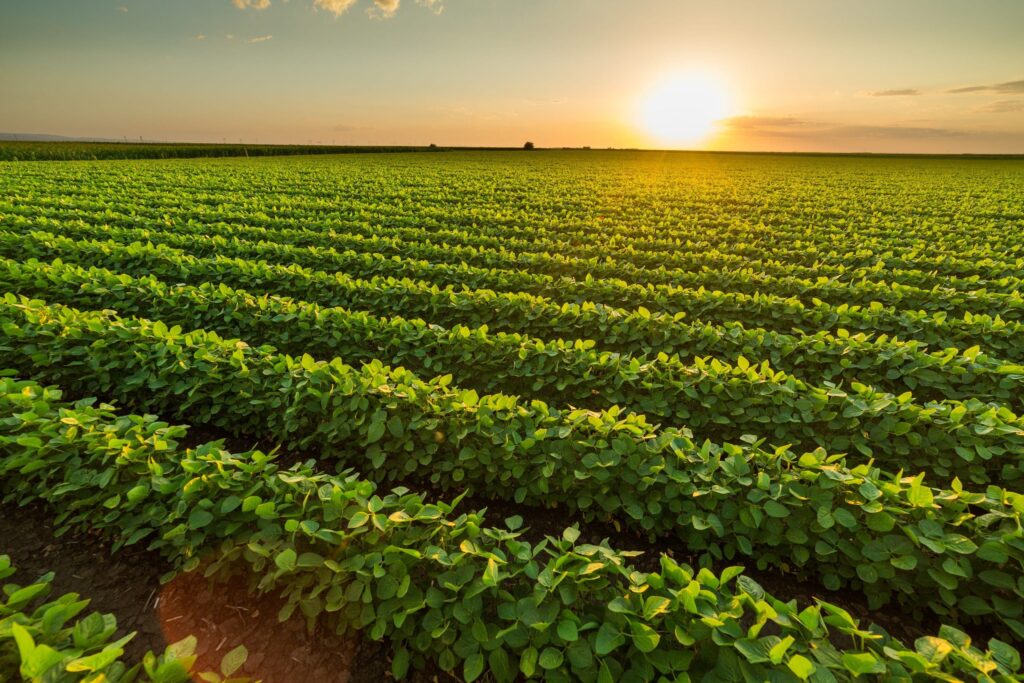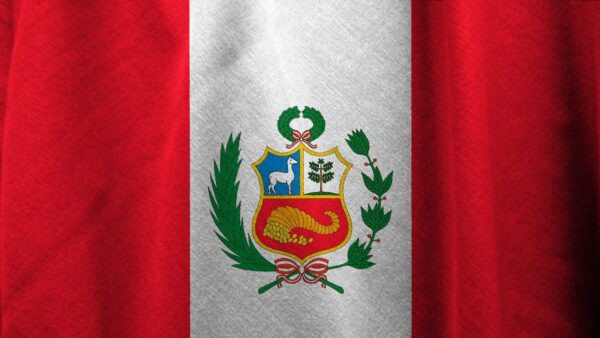Lidea offers a range of varieties of pulses. This range is the result of our breeding work using genetic material sourced from around the world. Thus, we have been able to select varieties corresponding to the climatic conditions, adapted to our regions and to the market expectations.
Breeding pulses does come with several challenges for the pulse breeders, e.g., finding varieties that correspond to regions different from their origins. E.g., beans are a tropical species, and must be adapted to more temperate regions. It is also necessary to take into account the different technological characteristics such as the resistance to cooking or the resistance to seed coat cracking. And finally, the crossing of these species requires a lot of effort because the success rate is rather low. It will be necessary to adapt our selection tools to hybrids in pulses.
You would be surprised about the excellent nutritional qualities of pulses if you compare them with those of cereals. For example, pulses are a more important source of protein than cereals. However, they do not contain gluten, which is responsible for many celiac diseases. Pulses are rich in minerals, iron, vitamin B, fibre and are a source of folate. They have a low glycaemic index, so they are a very interesting choice in diets or for children nutrition.
Pulses are an important source of protein, and as such, they are the alternative to animal protein and the staple food in many countries. Environmental concerns of consumers and the desire to control one’s lifestyle and diet make pulses popular with the general public. I don’t know if they will completely replace meat, but they are certainly a complementary source of protein.
In terms of market expectations for pulse crops, the market expects to have varieties with precise and stable characteristics. Hence the importance of working with certified seeds to guarantee a healthy seed corresponding to the variety. A very large part of the production is destined for processors and needs a secure supply. This implies structuring channels that guarantee the supply of these markets. Finally, there is an important demand to reduce imports and to produce more locally to increase the European food sovereignty as specified in the EU Protein Plan.
Pulse crops provide an interesting alternative for farmers, as these are crops that do not consume much input and they naturally fix nitrogen from the air. They are often produced under contract with end-users who secure the price and the quantities to be produced. They help to improve the diversity of crops in farmers’ rotations and thus help to control certain weeds or insects in monoculture systems.
I can add that growing pulses in Europe is becoming more sustainable. European countries are beginning to structure their supply chains to absorb the increase in demand and production. It is important to structure the chains well and to guarantee the sharing of the value to all the actors to perpetuate this activity. The European demand is increasing in the face of a strong and perennial tendency of consumers to modify their eating habits. These crops are also better integrated in the evolution of the common agricultural policy thanks to their less input consuming profile.








